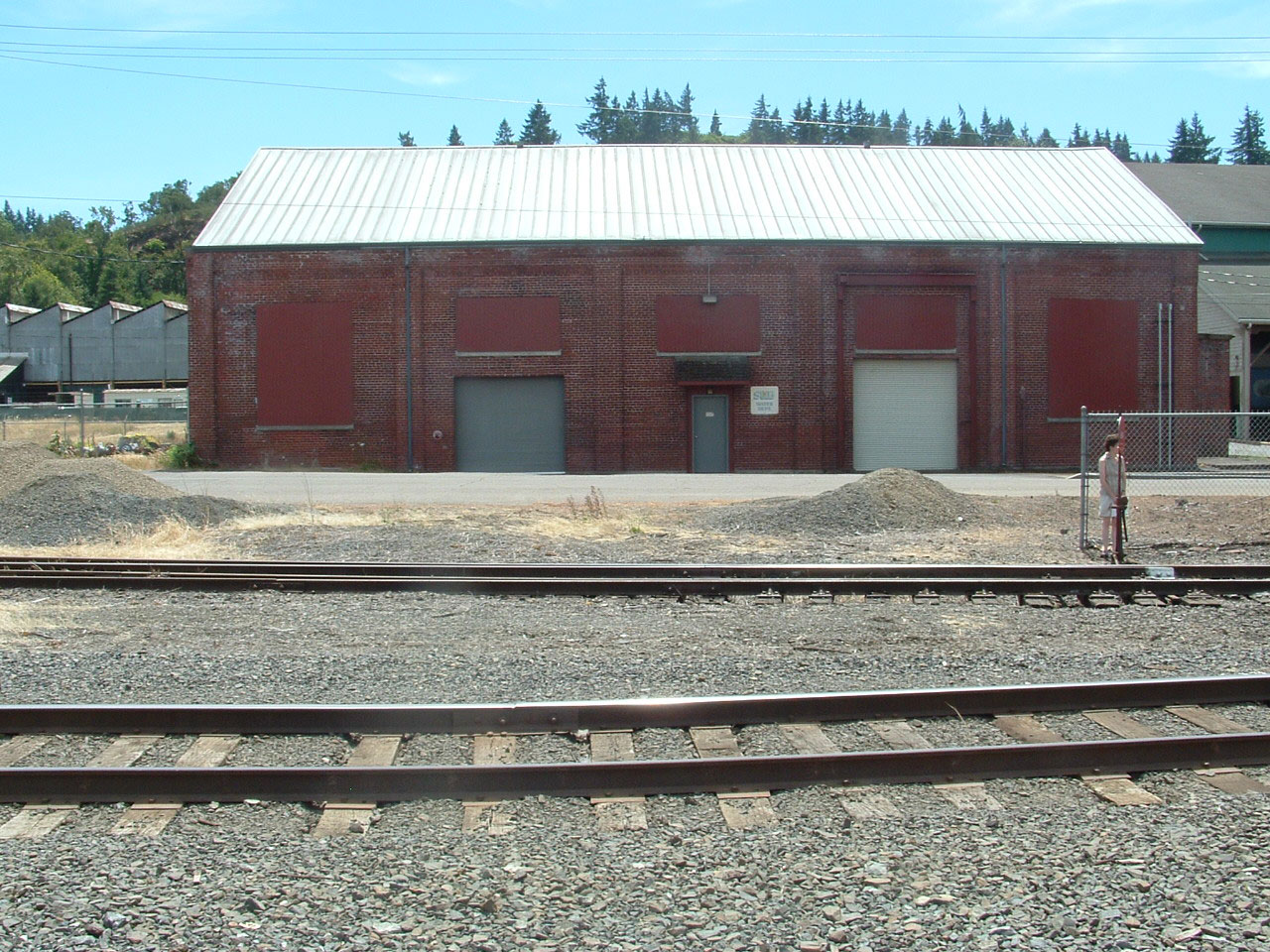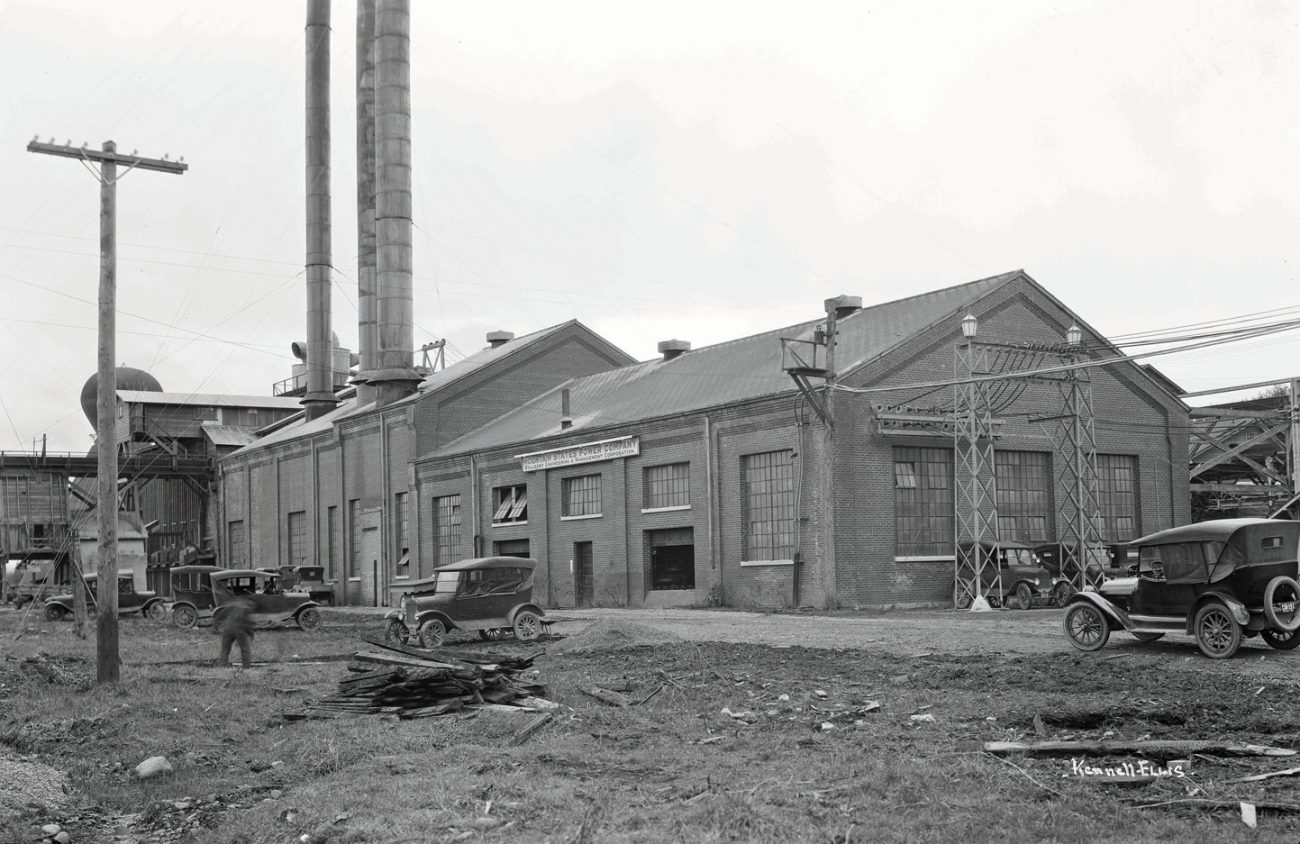May has traditionally been National Historic Preservation Month, a time for communities to celebrate the successes of local efforts and to recall the losses. Last year was a milestone: fifty years since the National Historic Preservation Act of 1966!
Fifty-one doesn’t seem like such a big deal by comparison, but there is still a lot to crow about.
One of the NHP listed jewels in Springfield is the home of The Springfield Historic Museum at 590 Main Street, formerly the office and substation for an early electric power company. The museum is mounting an exhibit in its back gallery that features some lost Main Street buildings among other interesting images culled from the photo archive.
The exhibit is titled “When Springfield Was Young — Establishment and Development of the Historic Center,” and it primarily looks at the period between 1891 and 1915, from the arrival of the railroad to the First World War.
Enlarge

Photo Courtesy of Springfield Historic Commission
It also ties into the earliest construction in the city: hydropower from digging the Millrace and subsequent industry with the flour mill and nearby lumber mill. These were established and maintained since five years after the Briggs brothers settled their adjacent donation land claims in 1849.
It’s helpful to have a fresh look at the historic record of Springfield, one that invites us to understand the lives of people who walked the same sidewalks 110 years ago that we do today. That fresh point of view comes from the new director of The Springfield Historic Museum, Taylor Harwood, and her assistant, Burt Dunn.
It’s also the perfect time of year to walk through the Washburne Historic District, to see the blossoming street trees and gardens, and to admire the handsome architecture of the houses and preservation efforts there. In particular, 660 C Street had a major makeover and now shines again! Walking Tour Guidebooks are available at the Chamber of Commerce, The Springfield Historic Museum and City Hall.
There are also Walking Tour Guidebooks for the downtown Main Street “Depot District.” Downtown has improved a lot recently and a big part of it has been the immigration of young people, the spruced-up storefronts and bringing sidewalk lamps back to Main Street.
The Springfield Chamber of Commerce is housed in another jewel that is also NHP listed: The SPRR Station (1891), the oldest remaining Victorian Passenger and Freight Station in the state of Oregon. It was nominated to the National Register in 1979, finally, when a community effort rescued it three years after being slated for demolition. It was subsequently moved seven blocks to its present site and carefully restored. Retracing that route back would take you to South 7th Street — a lonely road. You can still see the concrete platforms near where the old station stood.
Across the tracks, you’d see an impressive brick industrial building on the Millrace which is all that remains of the former electric generation plant. A steam engine was powered by burning mill waste, bringing electricity to Springfield in 1892. That first generator was in a wooden building that burned down, the remaining brick structure was built in 1911 — the same year as the Springfield Historic Museum / historic substation building, in the same brick and for the same company. You could say they are “sisters,” separated by circumstance, that is if buildings could have sisters.
Nearby, the new Willamalane bike path along Quarry Creek to the Middle Fork of the Willamette River follows the path of the original branch line of the Springfield Millrace, dug by the Briggs brothers, Isaac and Elias, in 1852. The story goes that after a big flood around 1850 the brothers climbed Springfield Butte to get a view of the situation. Looking down from the slope they noted how the flood drained from the land, into channels, back to the river. This is how they selected the location of the millrace. Later floods changed the path of the Middle Fork so the present route of the millrace was created with its head at Clearwater Park.
Wrapping up, the issues and resources in Springfield are not much different than in other places that had early pioneer settlement. The success or failure of preservation efforts is primarily in the hands of volunteers and amateurs interested in history or saving old buildings.
Perhaps you are reading this far away, or have no intention of ever stepping foot in Springfield. That’s cool, but then go out into your own community and see places where preservation efforts have saved a movie theater or stabilized an old neighborhood, how conservation has cleaned up an industrial site or restored an almost forgotten rural cemetery, how adaptive-reuse repurposes an old storefront or warehouse, or how archaeologists record and protect the relics and resources of pre-settlement First Peoples so that they won’t be looted, vandalized or lost to time.
Large and small, these efforts are being undertaken in communities all around the country, and I hope you’ll take some moments in May, wherever you are, to appreciate the work of those volunteers, and how historic preservation is part of what makes life better.
Tim Hilton is the chair of the Springfield Historic Commission.
